By Robert F. Dorr
He enlisted in 1934. Except for those at Pearl Harbor, he was the first American casualty of the war. He spent the entire war as a prisoner and endured a prison “hell ship.” He lost a brother in the Bataan Death March. Still with us today, he is upbeat and savoring life.
As a gunner on a Boeing B-17D Flying Fortress bomber returning to Clark Field in late morning, December 8, 1941, Technical Sergeant Michael Bibin came out second best in an air duel with a Mitsubishi A6M2 Zero fighter and was badly wounded. He spent the duration of U.S. involvement in World War II as a casualty of, and then a prisoner of, the Japanese. Michael Bibin became a prisoner of war first in the Philippines, then aboard a prisoner ship, and finally in Japan. He was 300 miles from Hiroshima when an atomic bomb detonated over that city. Although the Japanese killed some American prisoners of war near the end of the conflict, Mike Bibin was liberated when fighting ended August 15, 1945. He later retired from the Air Force as a captain.
Approaching his 92nd birthday in 2007, Bibin remembered scrounging for garbage for nutrition in a Japan prison camp and spoke about his war.
RFD: Except for those killed and wounded at Pearl Harbor, you were the first American casualty of the war. Can you talk us through your military experience during the run-up to the war?
MB: I may be the last man who can speak from personal experience about being a mechanic on the Boeing P-12 biplane fighter. I was a career soldier. I was born in 1916 in Detroit of Serbian immigrant parents. My dad wanted me to make my career working in his butcher shop. My brother Frank and I ran away from home and entered the service at age 17 in February 1934. Frank—he was two years older than I—had taken high school ROTC. We joined the Army at Selfridge Field, Michigan, about 25 miles from our home. When we got there, we already knew how to do “squads left” and “squads right.” We became aircraft armorers.
My next experience was with the armament section of 27th Pursuit Squadron. They had Boeing P-12Es, which were on the way out, wood and fabric biplane relics in a time of all-metal monoplanes.
We transitioned into the Martin B-10 bomber in the 5th Composite Group. We then went into Douglas B-18s in 1939. Frank and I trained together as bombardiers and gunners. The B-10 and B-18 had .30-caliber guns. I left Hawaii in 1940 and went to March Field, California. I was single. Frank had just gotten married and considered flying dangerous, so he returned to ground support as an armorer while I continued to fly.
At March they had B-17Cs and Ds. My squadron, the 93rd, had B-17Ds. These early versions of the four-engined bomber did not have tail guns. The B-17D had the bathtub under the fuselage—two .50-caliber M2 machine guns were there, pointing aft. The radio operator in the B-17D had two .50s above the bathtub. We had waist guns on the right and left. The nose was on the .30-caliber.
Frank and I were transferred to Luke Field on Ford Island near Honolulu, Hawaii, in 1937, and we actually worked on the P-12C, which was even older than the P-12A. I also worked on the Keystone B-6A biplane bomber and was trained as a mechanic, gunner, and bombardier. Frank and I were separated when I left Hawaii a year earlier than he did. Frank stayed until 1941, but not until December 7. We got together again when we arrived at Clark Field, Philippines, in 1941. Everybody was hearing that war was coming, and we thought it would begin at the place where we’d just arrived and not at the place we’d recently left.
RFD: American military brass did, indeed, expect a war to begin in the Philippines. Douglas MacArthur came out of retirement to command U.S. forces there and took a temporary demotion to three-star rank, even though he was a former Army chief of staff. The United States had an ambitious plan to have four heavy bomber groups, all equipped with B-17s, in the Philippines by April 1942. The plan included having 142 heavy bombers in place by March 1, 1942. That would have been more than the Japanese could have handled.
MB: Yes, but those dates tell a revealing story. After all, that plan included me. The plan wasn’t too little but it was too late.
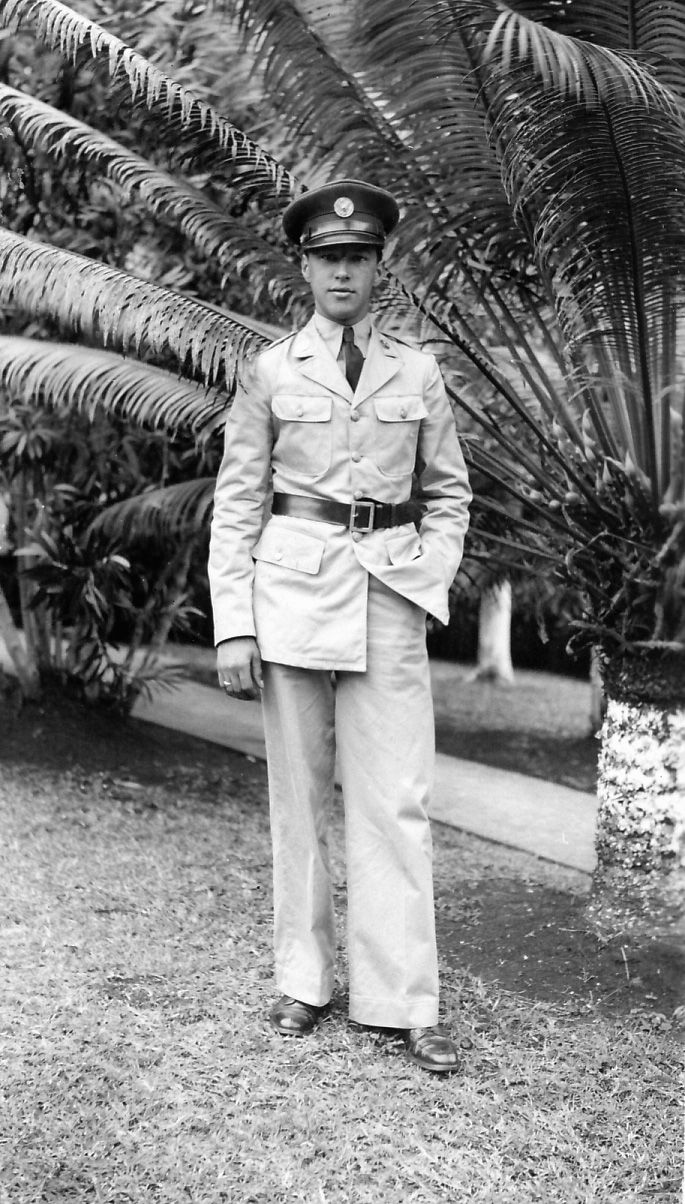
We were in a tropical paradise where troops enjoyed sunshine, palm trees, and unspoiled beaches—and had little respect for the top brass. We viewed the Philippines as a place where old colonels went to prepare for retirement and ended the workday at 11:30 am. Meanwhile, young captains and staff sergeants battled their bosses and tried to be ready for war. We didn’t feel good about our leadership —a lot of this was before MacArthur came along, and I’ll let others judge him—nor did we like our prospects if we were attacked before the buildup was completed.
One squadron commander wrote to his wife and said, “A troop of Boy Scouts flying kites could take these damned islands and not have one shot fired at them.”
We had some old bombers, B-10s and B-18s, but the idea of the heavy, four-engined bomber was taking hold and we were beginning to receive B-17D Flying Fortresses in 1941. I was a gunner and bombardier in the 93rd Bombardment Squadron, which became part of the 19th Bombardment Group, commanded by Colonel (later Maj. Gen.) Eugene L. Eubank.
RFD: What happened that fateful day?
MB: There were 35 B-17s in the Philippines on the morning of December 8, more than enough to have a tremendous impact on the Japanese if properly used. I knew that. My pilot knew that. I was a waist gunner on a B-17 piloted by 1st Lieutenant Earl Tash.
The night of December 5, we’d left Clark Field for Mindanao and circled the islands looking for a rumored Jap ship. We landed at Del Monte Field near the pineapple plantation. On the morning of December 8, we were returning to Clark Field on Luzon. We arrived in the middle of the Japanese attack on Clark. I saw Japanese aircraft flying in several directions and American aircraft burning on the ground, sending plumes of smoke into the clear sky. Later, I learned that they destroyed 12 of the 19 B-17s at Clark before a single one of them could even warm up or taxi out. They also destroyed 34 of Clark’s 92 P-40E Kittyhawk fighters, the only fighters in the islands that might have had a chance against the Japanese Zero if used properly.
Tash and the pilots of two accompanying B-17s decided to avoid Japanese fighters by flying in a wide circle around a volcano, about 30 miles west of Clark. I don’t remember exactly how Earl described this to the crew over the intercom. I was trained as a bombardier and gunner but was doing neither. I was busy scanning, wanting to warn the pilot if I saw anything he needed to know. The situation with the Japanese aircraft wasn’t clear at all.
RFD: You’re sharing the sky with the first wave of Japanese aircraft that launched the attack?
MB: That’s right.
After we’d spent far too much time watching our shadow cross the slope of the volcano, Tash decided that the Japanese had finished their deadly work and had departed. He told us we would land at Clark. He ordered me to fire two red flares from a Very pistol so American troops on the ground would know our B-17.
It was a mistake. There was a second wave of Japanese planes. It began with two Japanese fighters making a slashing attack on our Flying Fortress from below. Here was where being an aerial gunner was supposed to make a difference. I was at the left waist gun position. I wheeled the gun around, knowing the Japanese fighters were below and behind us.
Our bomber was vibrating as Tash tried to push more speed out of it. The Japanese fighters opened fire. I leaned into my weapon, struggling for balance, but could not shoot at the Zeros without hitting the rear of our own aircraft. The closest Zero grew in size over the top of my gunsight. I was a split second away from pulling the trigger.
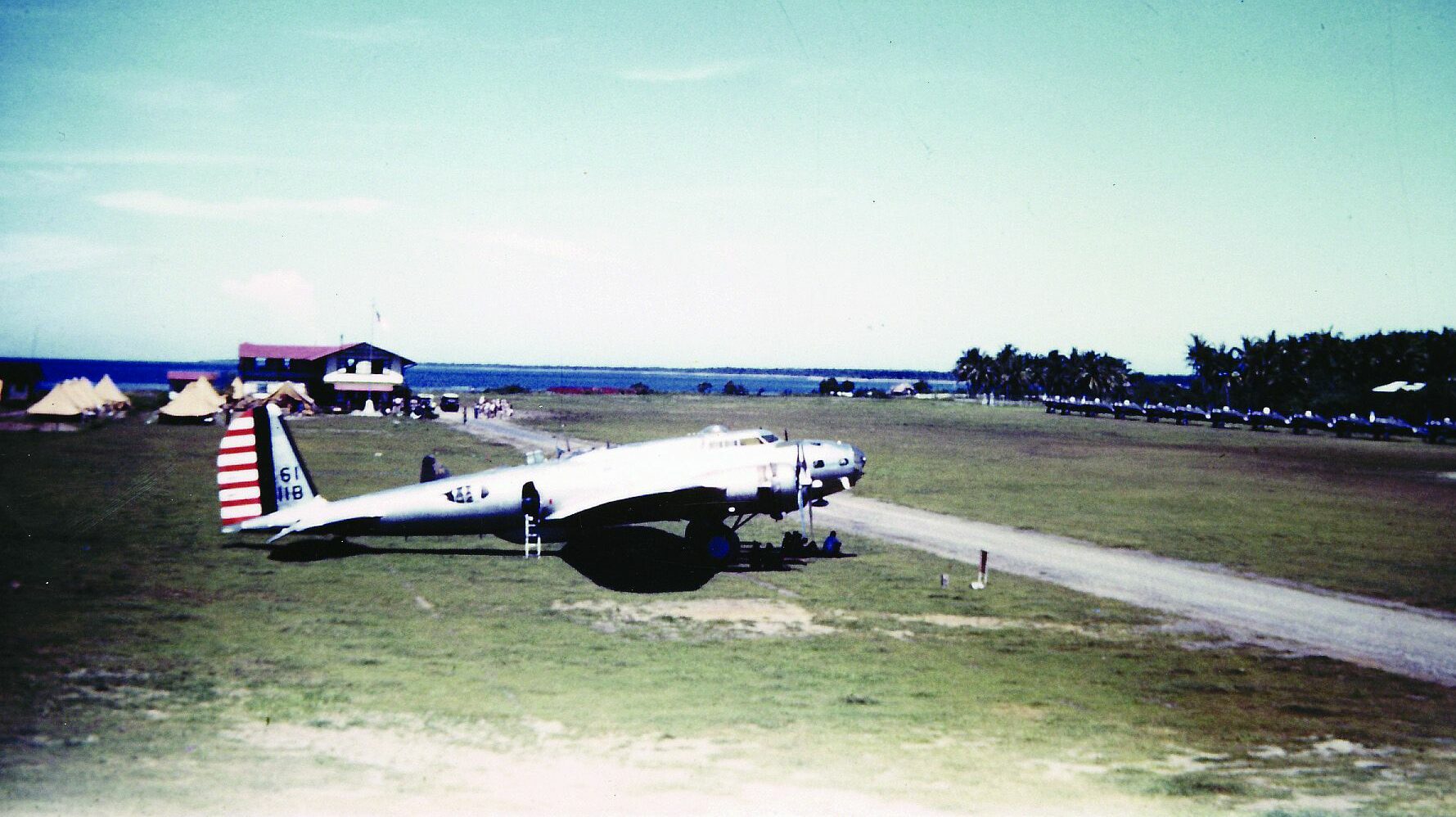
The next thing I knew, I was sitting on the floor on the other side of the fuselage, blood running down my face and my left arm numb and hanging limply at my side. The Zero had hit the side of the plane where my gun protruded. A round from the Zero had ricocheted off the gun’s armor-plated shield and gone through my parachute harness. Fragments of it hit me in the right arm, right lung, and right eye. There was blood on the floorboards.
I believed, mistakenly as it turned out, that I was more disoriented than in pain, more flustered than hurt. We had come under attack from Japanese Zero fighters and I hadn’t been able to hit them.
RFD: But one of your crewmembers did?
MB: This Zero lifted up and our radio gunner got him. The radio gunner was just behind the bomb bay. He had twin guns that fired strictly above our B-17. He let him have it and hit him from the nose to the tail. The Jap veered off. He was damaged. We don’t know where he went—whether he went into the ocean or made it to his base or not.
RFD: So Tash didn’t land at Clark Field after all?
MB: We went back to Mindanao. I got hit at 12:30 and we didn’t land until 5:30. I lost a lot of blood.
When I got hit, it spun me completely around. I was facing the tail. I was on the other side of the ship facing the front. I laid down there. The copilot, 1st Lieutenant Keller, came back to help. The only thing he had was a big piece of gauze. I had a wound the size of a tennis ball. I passed out a couple of times and asked for water when I came awake. I lost a lot of blood. The Japanese shot out our ailerons. I was the only one hit, but because of the mess and the uncertainty of the Japanese intentions, Tash decided to return to Mindanao. One crewmember applied a dressing to my wound. Another just looked at it, said, “Oh, God,” and staggered off.
RFD: We know now that, except for those killed and wounded at Pearl Harbor, you were the first American casualty of World War II. How much were you aware of while Tash made the long flight back and landed at Del Monte?
MB: I remember somebody saying the Japanese had not attacked Del Monte. The flight surgeon called a stretcher bearer who took me out of the B-17D. “That’s oil leaking out of the bottom of the plane,” an officer said. “Hell no,” somebody else said. “That’s Bibin’s blood.” They set up a makeshift operating room. They had no blood plasma. They had no blood. They gave me black coffee for the shock. I still have a bad left shoulder and a bad arm. They had a corpsman watch me during the night.
I was still alive a week later when they took me to a Philippine hospital where an X-ray revealed that a shell fragment had lodged near my spine. Doctors removed the metal and put my useless left arm in a sling.
RFD: You never saw your brother again?
MB: Frank left Clark Field for the Bataan Peninsula where defenders gathered. By April 9, their food and ammunition were nearly exhausted. Frank was among 78,000 American and Philippine troops, most ill or wounded, who were forced to surrender.
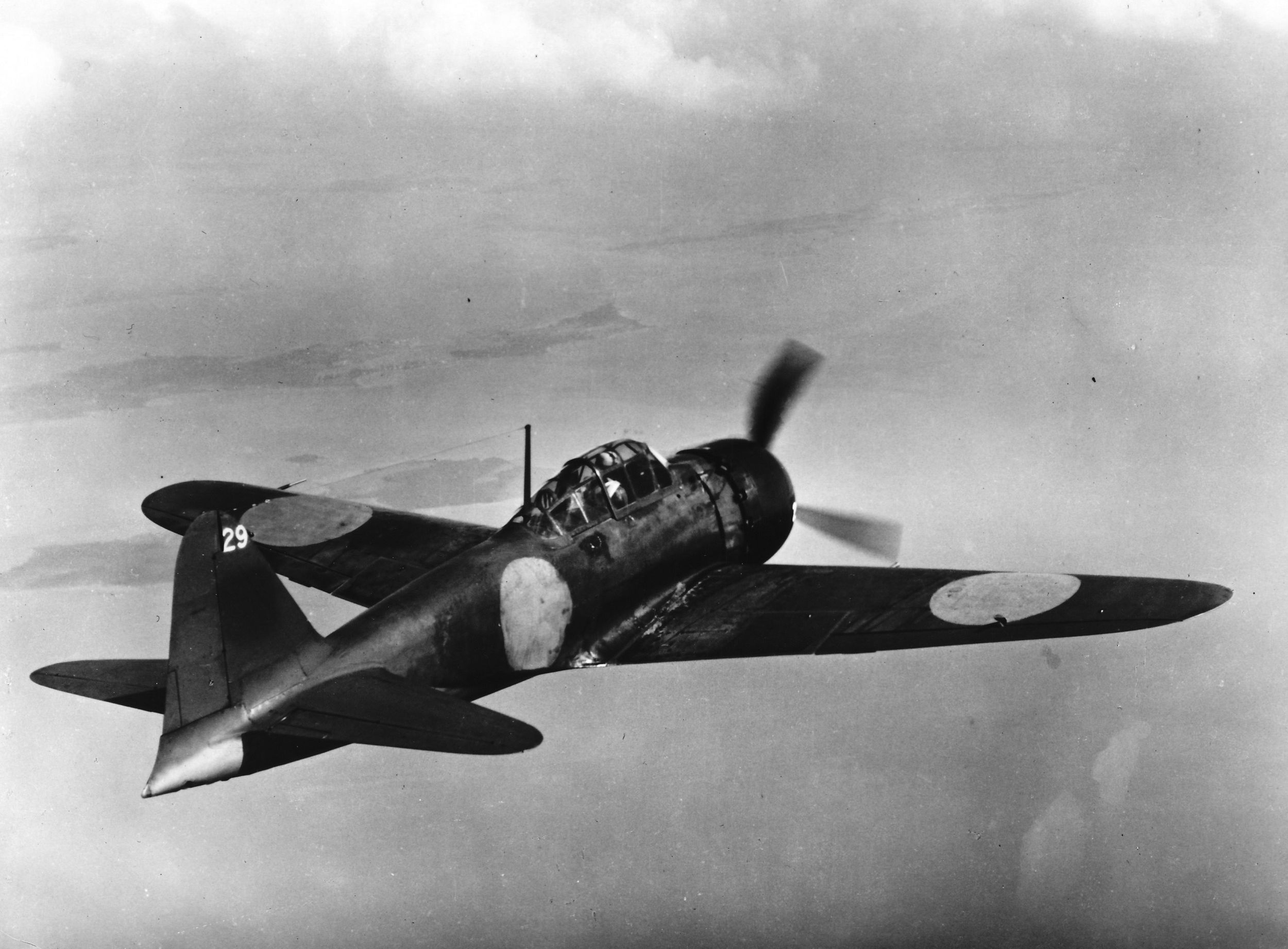
The Japanese marched them 65 miles north to Camp O’Donnell. About 650 Americans and 5,000 to 10,000 Filipinos died, many of them clubbed, bayoneted, or shot. Frank survived the Bataan Death March but later succumbed to cerebral malaria and died on May 24, 1942. I didn’t learn about it until a prisoner transferred to my camp from his months later.
RFD: You went from being wounded in U.S. custody to being a wounded prisoner. You said before the interview that your captors were “not nice guys.” When did you decide that?
MB: On May 10, 1942, we were given orders from (General Jonathan M.) Wainwright’s headquarters to surrender. At our location in Mindanao, our highest ranking officers were a couple of lieutenant colonels. We got into trucks and drove almost to the beach. We were at a crossroad and saw a bunch of Japs coming up. They were the first we ever saw, close up.
This Jap held out his hand. He wanted a cigarette. I had a pack of Philip Morris. I shook one out of the pack and offered it to him. He snatched the pack instead. That’s when I decided they weren’t going to be nice. But it was worse than that. I watched them take a man out and have him dig his own grave. Then, they lashed him to a stake. A Japanese officer came over, held a pistol to his forehead, and shot him in the head. I never knew why.
They took us to what had once been a Philippine garrison. We had no idea that the Bataan Death March had taken place. It was not until November 1942 that I learned Frank had survived the Death March only to collapse and die afterward. An old master sergeant transferred to my camp from Frank’s. He was a grizzled old guy who had fought in World War I. He told me about Frank.
RFD: The movie Prison Ship, released by Hollywood just after the war, didn’t begin to show the true condition on merchantmen that carried prisoners of war to the Japanese Home Islands. What was it like?
MB: In June 1944, they transferred us American prisoners from Mindanao to Luzon, and then to Japan. For the first stage, they put 500 of us in the hold of a cargo ship for the trip within the Philippines from Mindanao to Manila. The ship remained at anchor for two weeks, then sailed to Manila where it was anchored for another two weeks in 130-degree heat. Many of those around me died. It’s hard to think of anything else when all you want is a taste of water and to get away from the stench of urine and feces.
They took us off that ship and threw us into the Old Bilibid Prison. They segregated us. Some stayed in the Philippines. The men considered more able-bodied—that was me, despite complications from my wounds—were put aboard another ship to go to Japan as slave labor in mines, factories, and foundries. That was in July 1944. I was crammed inside this huge ship with a lot of guys. I never learned the name of my ship. The conditions on these “hell ships” were just what you’re thinking. We never had sufficient water, food, or ventilation. The temperature was often above 100 degrees.
How tight were we? I slept and ate in a sitting position because there was no room to lie down. We worked out a system of taking turns standing so others could lie down. At one point during that journey, several of us broke out “God Bless America.” The Japanese pointed submachine guns at us and we stopped.
On my ship, we had only two prisoners die, but that was unusual. Later, the Japanese put as many as 1,800 prisoners on one ship. The Japanese did not mark “POW” on the decks of these vessels so our own guys attacked and sank several. One of the worst prison ship disasters happened to the Montevideo Maru, which went to the bottom in July 1942 with 1,053 American prisoners on board. Only a handful survived.
We were crammed tightly together for our whole trip that took 90 days. They put us aboard in June, and we landed in September. Our ship stopped in Formosa for a week and a half. The only thing we were allowed to do was to go up to the deck to use a latrine that was in a box on the top of the ship. You went into the latrine, did your thing, and returned to the hold. After we left Formosa, we were attacked by an American sub off of Formosa. Down in our hold, we could hear a Japanese destroyer dropping depth charges. We were rooting for the Japanese destroyer because we didn’t want to be sunk. As with so many aspects of that journey, we never learned any more. We arrived at a port in the westernmost Japanese island of Kyushu.
RFD: A lot of people don’t realize that Japan runs east-west, not north-south. I guess you became something of an expert.
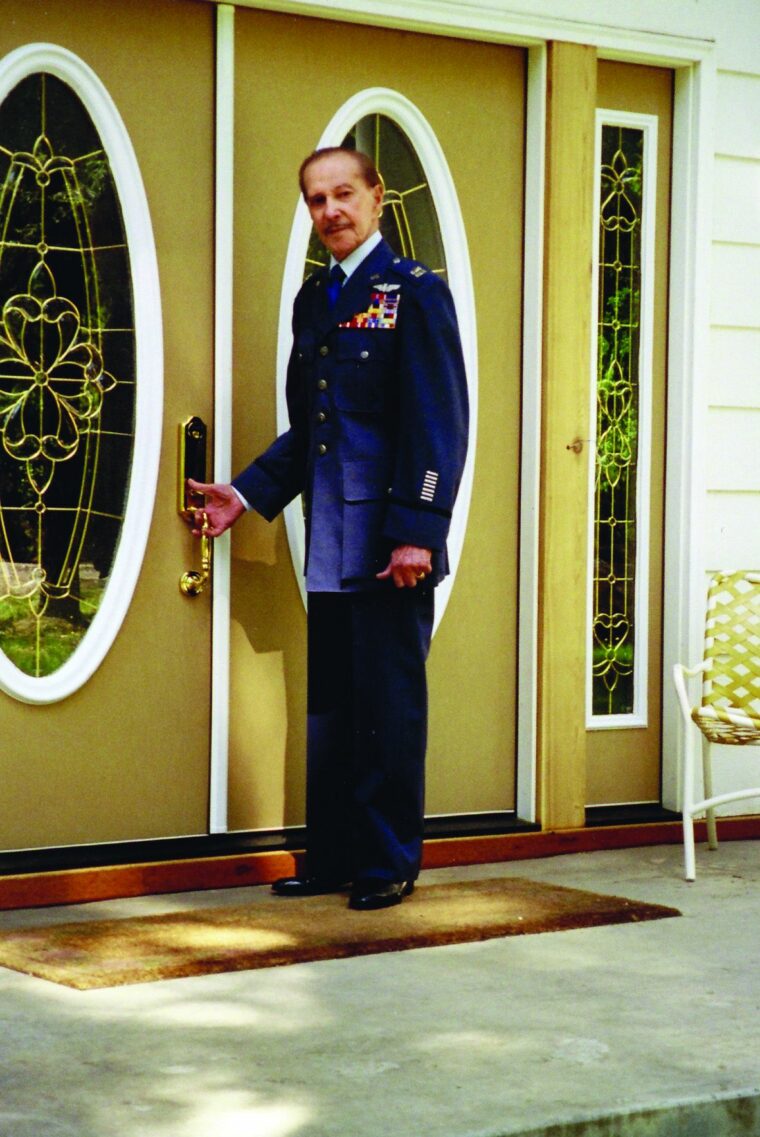
MB: No. I didn’t. What port did we land at? Looking at a map that could be Kagoshima or Nagasaki, but I never really knew.
They took us by train to my first camp, located on Kyushu. The spelling I have for it is Yokaishu. We had 600 men in that camp, about 400 Americans, 35 Dutch (from Java), 50 British (from Malaya), and some others. We were forced to work in a foundry, processing brass into furnaces. I was there nine months. During that time, I got my neck broken. It was an accident. We were trying to move a piece of machinery, and the whole thing fell and hit me. I never learned my neck was broken until decades later.
After nine months, in May 1945, they moved me to another prison camp in Toyama. Again, I worked in a foundry, this time working with electric furnaces making chrome for aircraft. I was in an accident when a sledgehammer hit me in the face and smashed my nose all to hell. The military later fixed it in 1950. I was in camp having trouble with my nose and couldn’t breathe very well.
The conditions of imprisonment in the Philippines were fair. In Japan, it was bad. We slept on wooden floors with a straw mat. Each man had three thin Japanese blankets of cotton, not wool. It was so damn cold in the wintertime that we all bundled up together in pairs, two of us cuddling together. We never changed clothes. We had only one outfit. I had one pair of pants, one shirt, and they were not warm. We were cold constantly. Each bay had a fire kit made of cement blocks; they gave us one sack of charcoal for two weeks to keep 40 men warm. Some guys found a way to steal potatoes from a warehouse, and that helped us to have something to eat.
RFD: You almost didn’t make it to the end of hostilities in the Pacific on August 15.
MB: About August 1, we noticed that the Japanese teenaged kids around the camp were sharpening bamboo poles, to put a point on them. We asked, “What are those for?” They said, “To kill rats.” Well, we didn’t have any rats in the camp. I later learned those kids were ordered to use stakes to kill us. An imperial order was issued to kill American prisoners.
On August 7, a Japanese interpreter came running into camp and said, “Eighty thousand killed!” We were glad to learn that 80,000 Japanese had been killed but we didn’t know what they had been killed by. He was talking about Hiroshima. We were preparing to return to work and the Japanese sergeant said, “Dismissed!” On September 5, the Japanese were still running things. The camp commander, a Japanese lieutenant, put us on a train and took us to the coast where we met American Marines.
RFD: And then?
MB: I was repatriated to a hospital ship where I was deloused, fed, and promoted to master sergeant. When liberated, I weighed just 80 pounds. Returning to a normal diet, I gained 70 pounds in 90 days.
While stationed in Rapid City, South Dakota, in 1947, I married Lucile “Lou” Saxer. We’re still married and have two sons. I was commissioned in the newly independent Air Force in 1950 and retired as a captain in 1963. We lived in several places, including Tahiti, but have settled in Coeur d’Alene in northern Idaho.
Robert F. Dorr is an Air Force veteran, a retired U.S. diplomat, and author of the book Air Force One, a look at presidential aircraft and air travel.
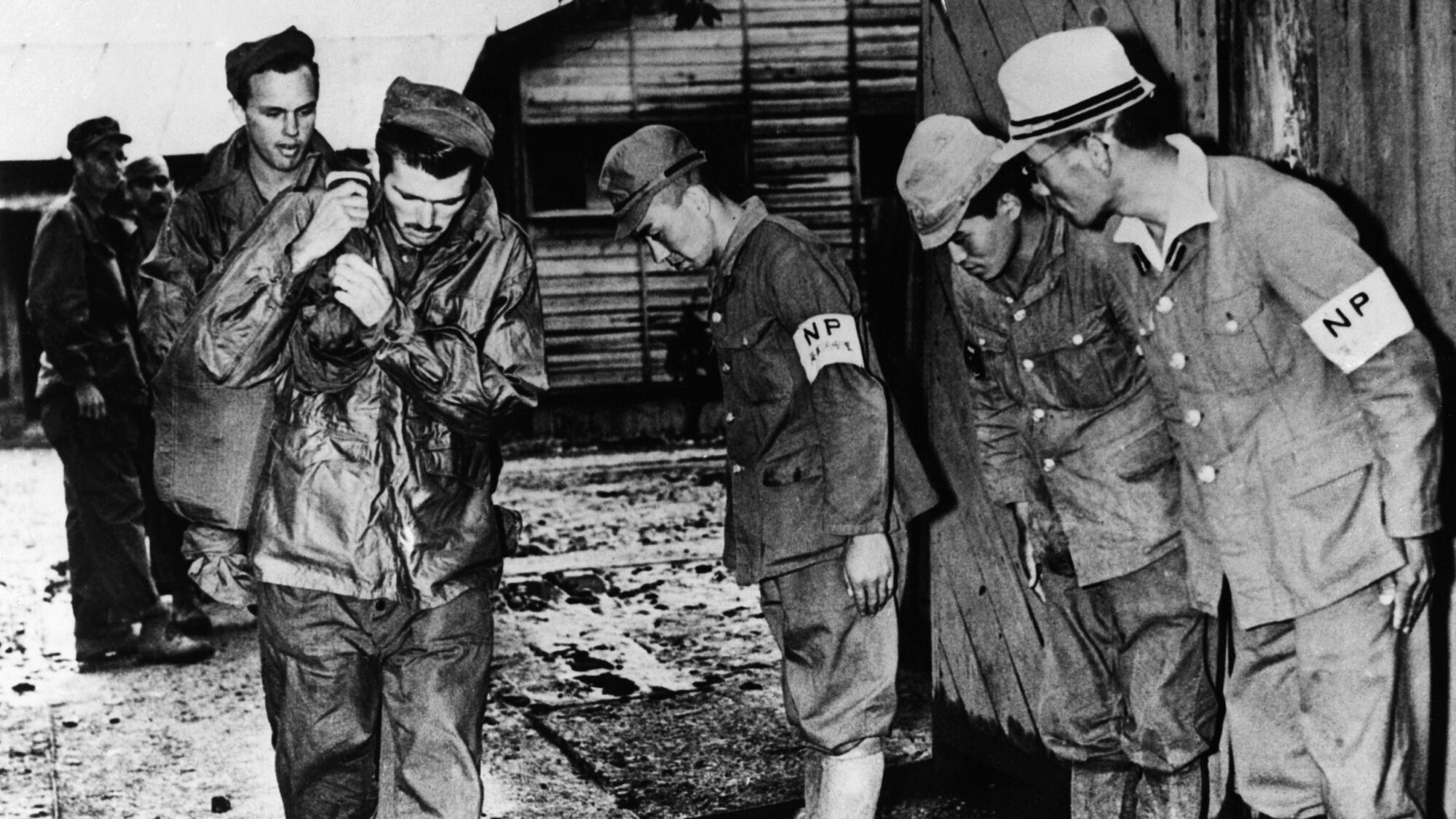
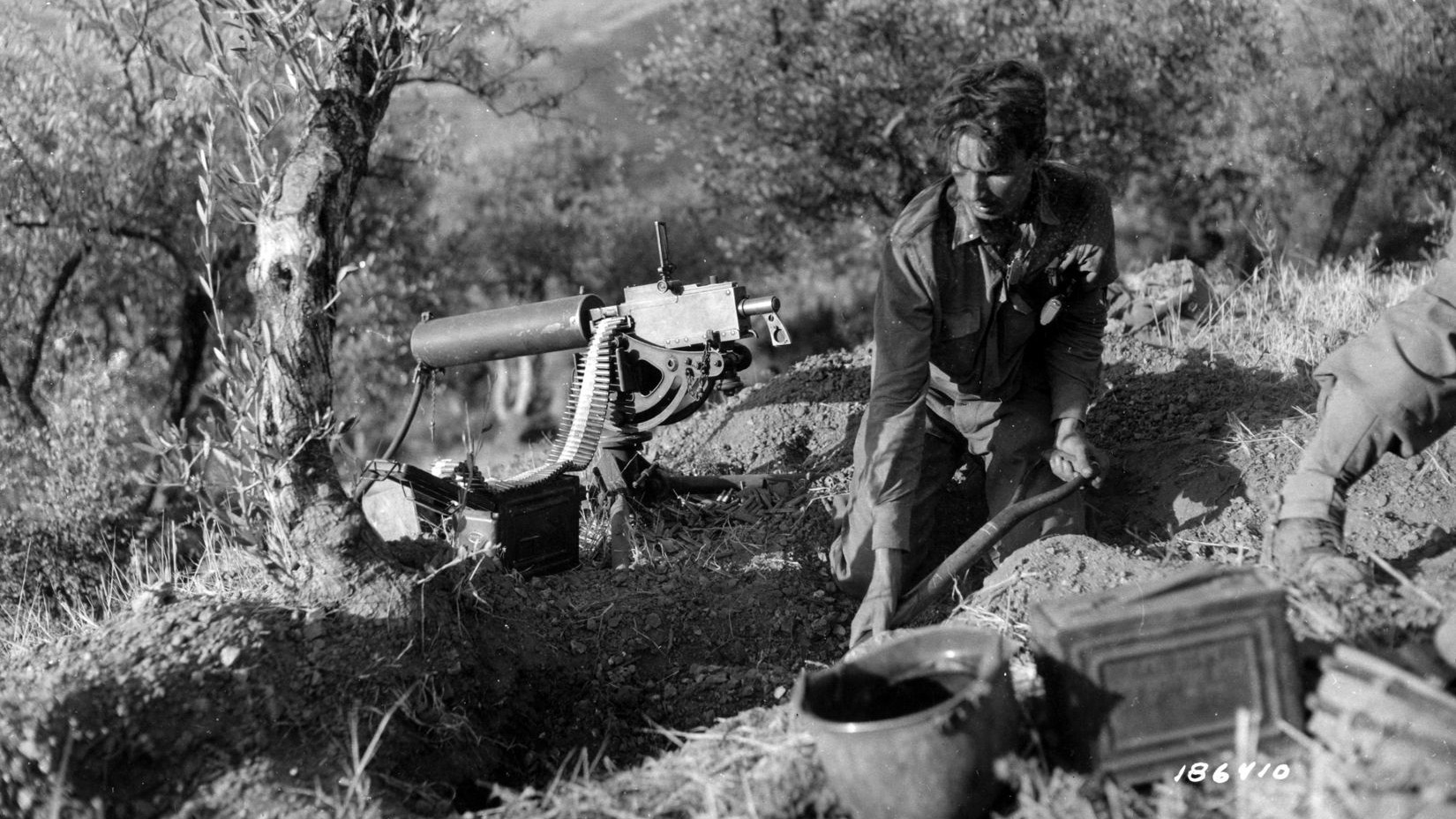
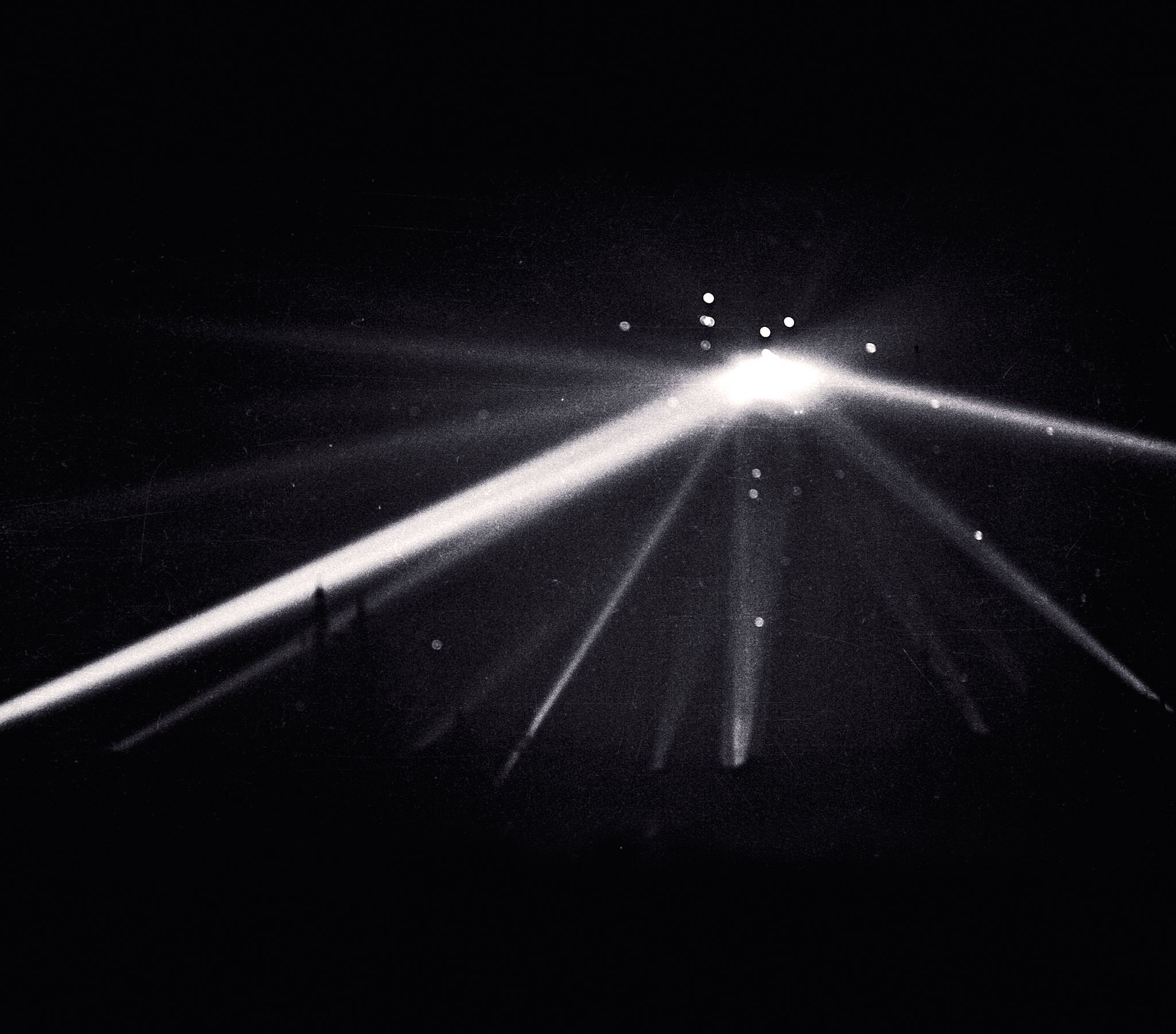
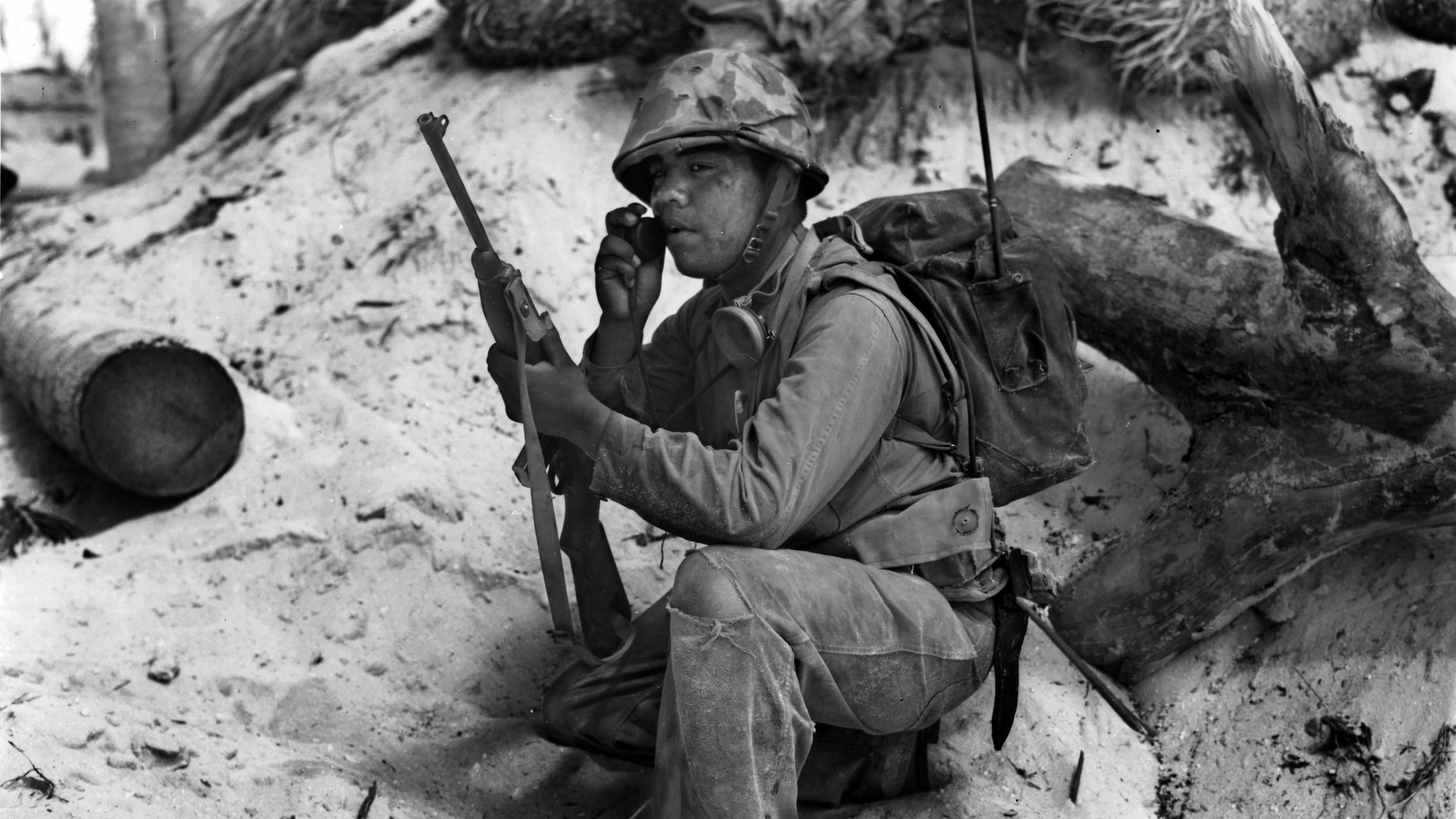
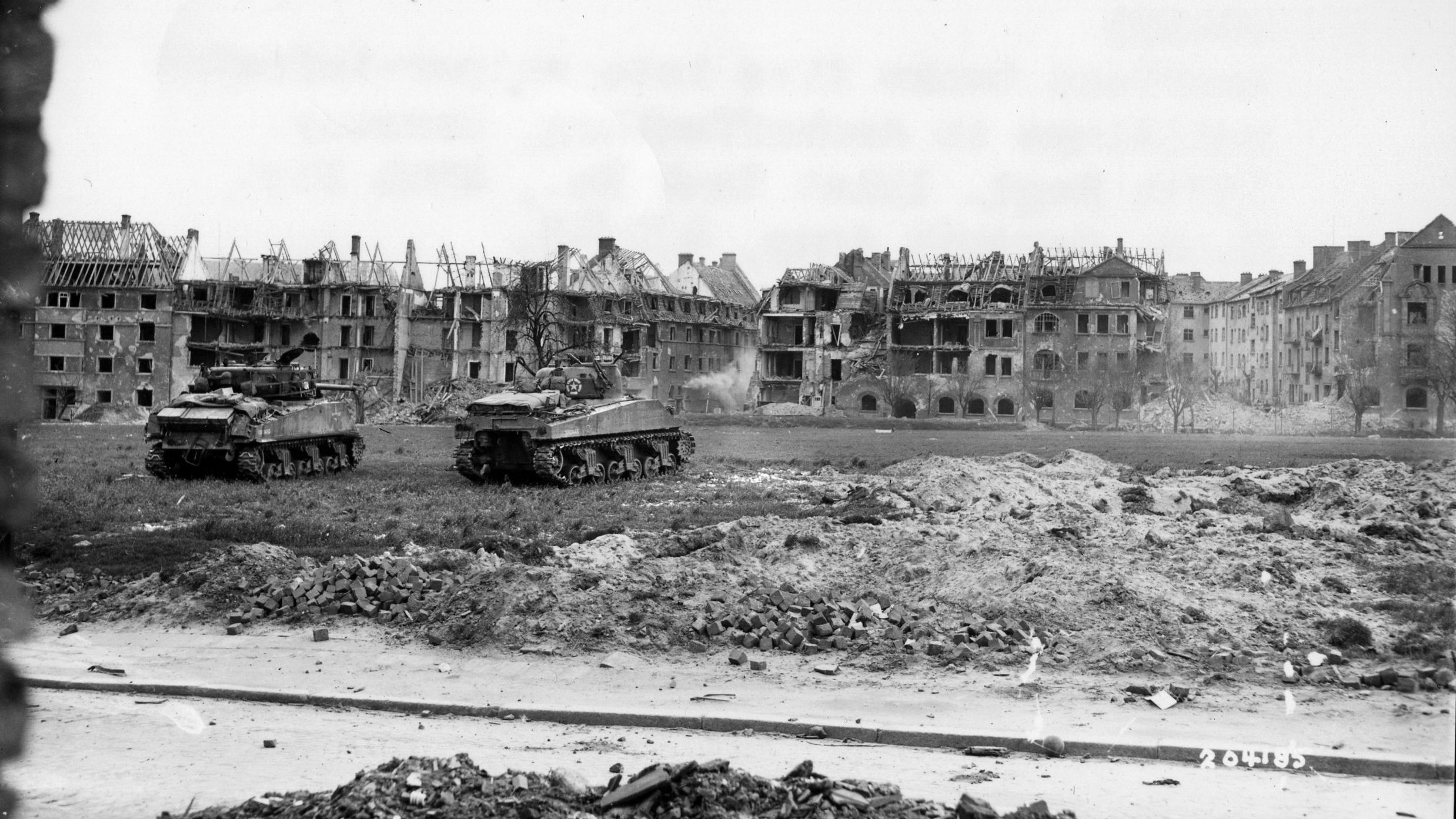
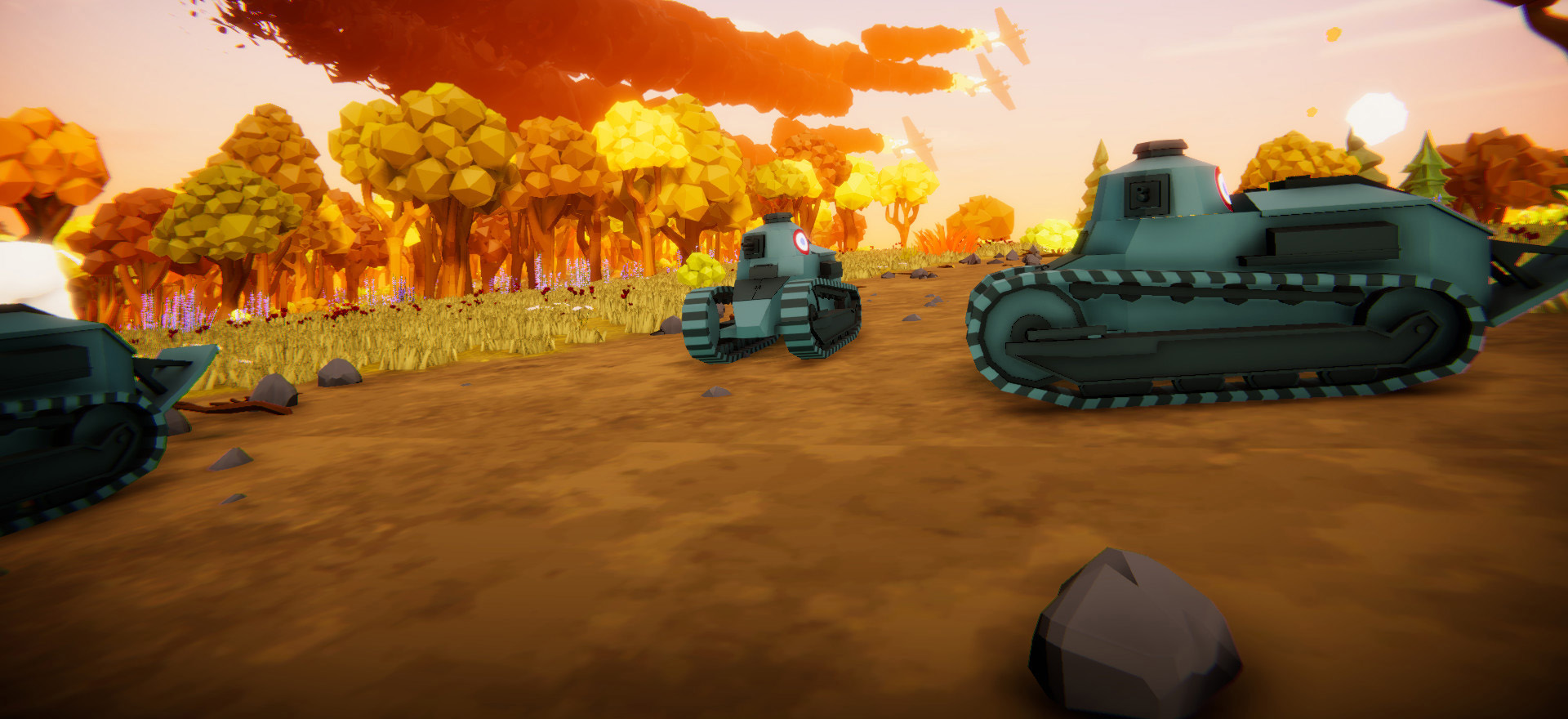
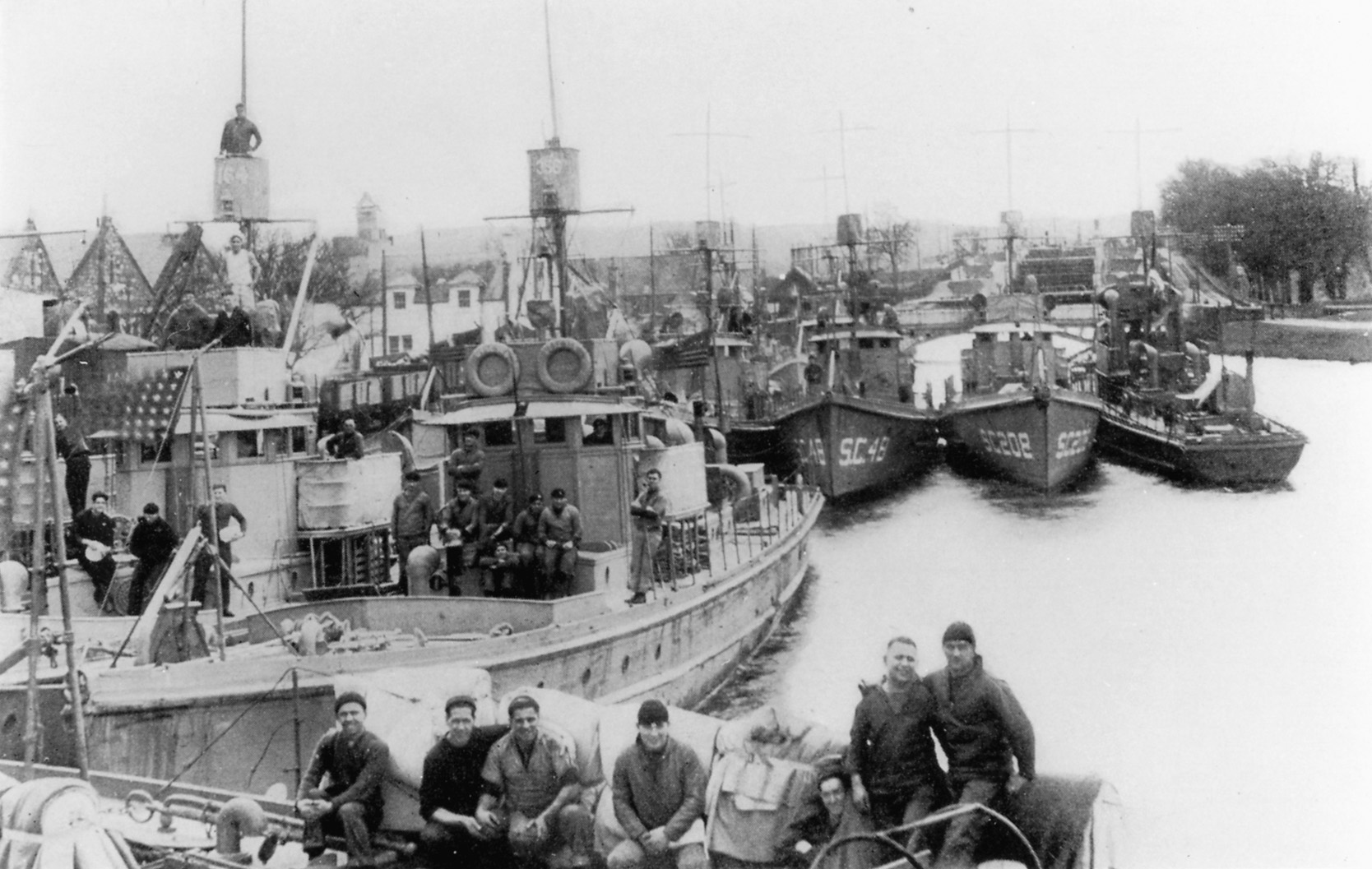
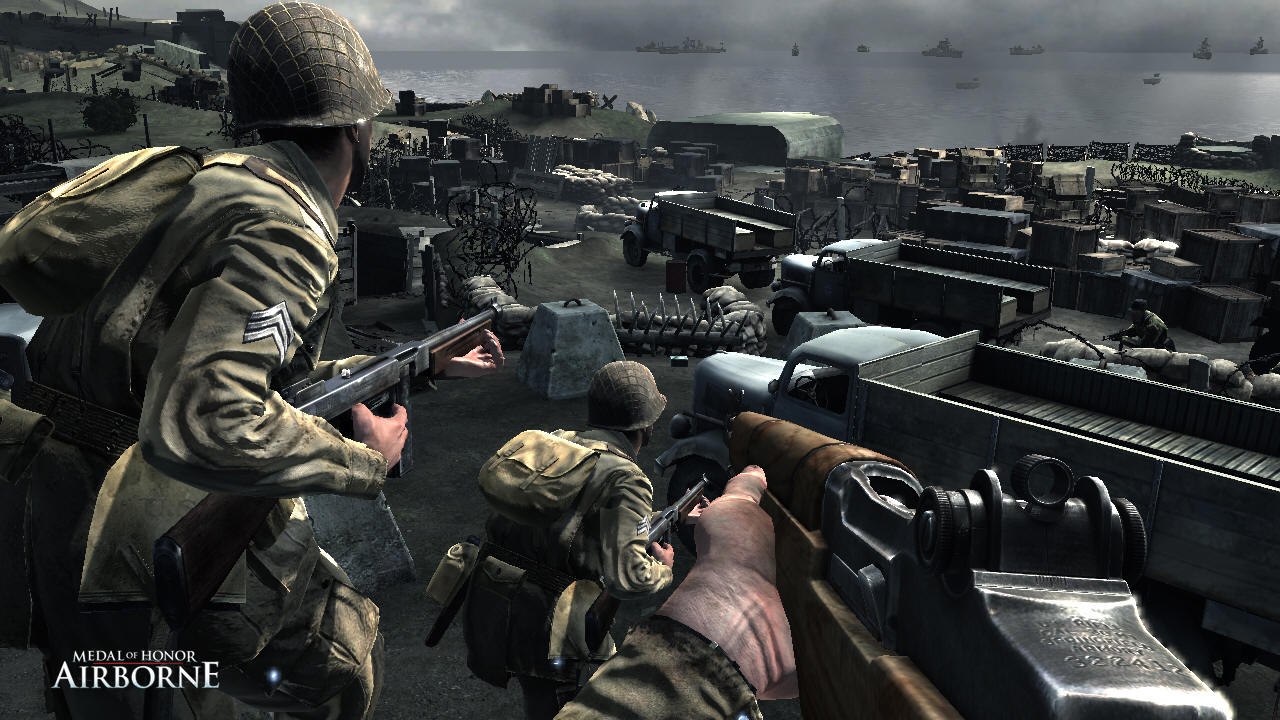
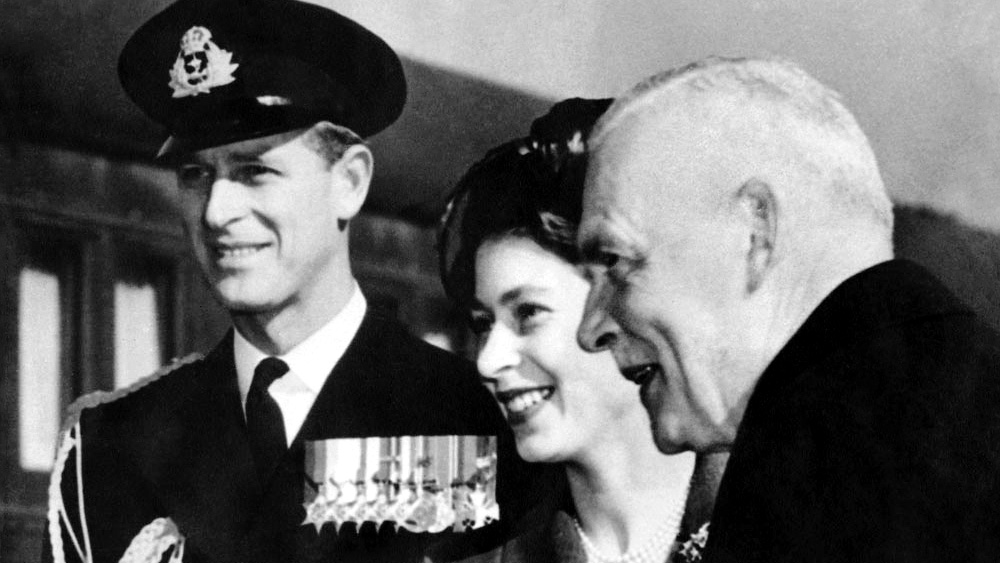
Join The Conversation
Comments
View All Comments